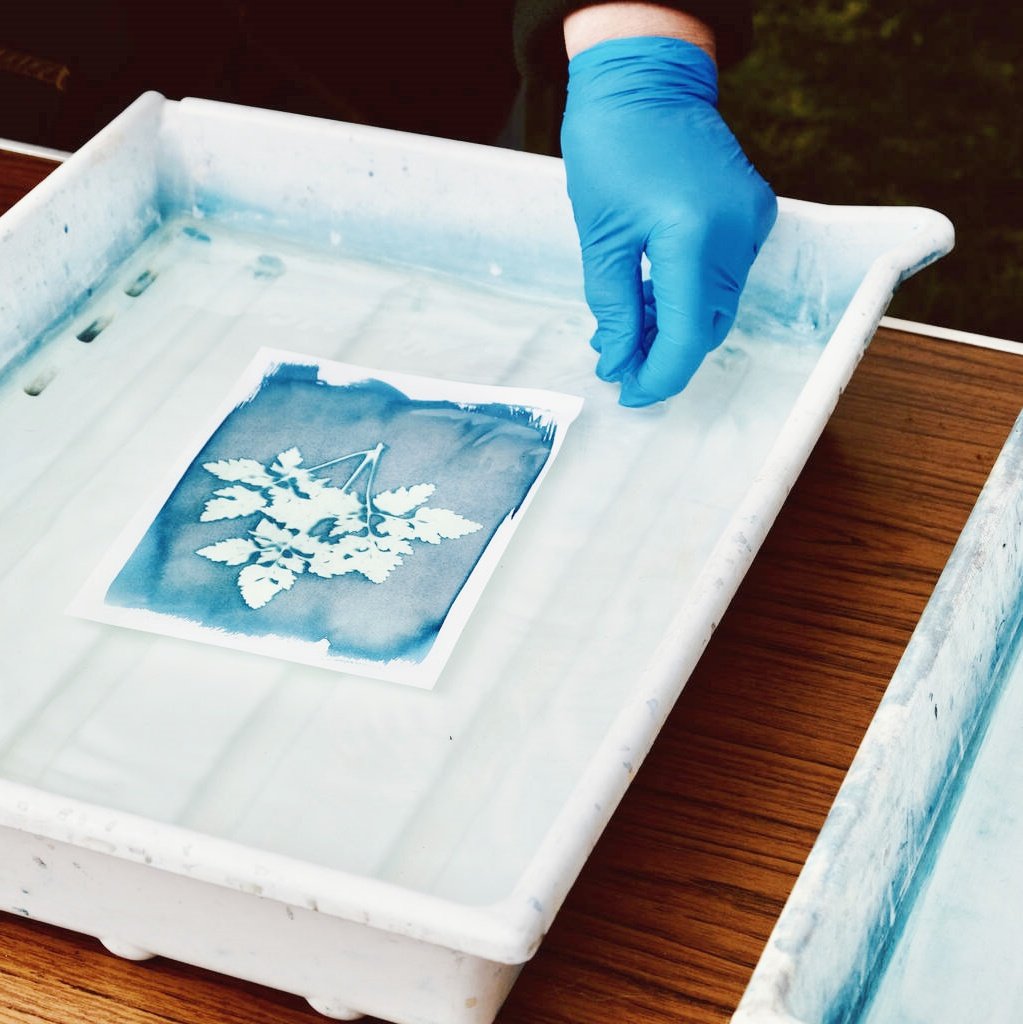In the printing industry, choosing the right ink is crucial for the quality and performance of the final product. When it comes to plastisol silicone ink, understanding whether it is suitable for specific types of materials becomes particularly important. This article will delve into the application of plastisol silicone ink on different materials, including its unique properties, applicability, and precautions in specific scenarios.
I. Basic Characteristics of Plastisol Silicone Ink
Plastisol silicone ink, as a special type of plastisol ink, combines the stability of plastisol with the flexibility of silicone. It boasts good adhesion, abrasion resistance, and weather resistance, capable of delivering vibrant colors and excellent printing effects on various substrates. This ink is not only suitable for traditional screen printing but also for other printing processes such as thermal transfer and gravure printing.
II. Application of Plastisol Silicone Ink on Different Materials
1. Textiles
Textiles are one of the most common application areas for plastisol silicone ink. Due to the silicone component, this ink forms a soft and flexible coating on textiles without affecting their breathability and hand feel. Whether it’s T-shirts, athletic wear, or other textiles, plastisol silicone ink provides outstanding printing effects and color saturation.
2. Leather and Synthetic Leather
Leather and synthetic leather are another suitable application area for plastisol silicone ink. Due to the smooth surface and ink adsorption properties of leather, plastisol ink can adhere well to it, forming durable printed patterns. Especially for leather products that require frequent friction and cleaning, such as handbags, shoes, and belts, the abrasion resistance and weather resistance of plastisol silicone ink are particularly important.
3. Plastics and Rubbers
Plastic and rubber products are also ideal application areas for plastisol silicone ink. These materials typically have smooth surfaces and a certain degree of elasticity, and the softness and elasticity of plastisol ink make it well-suited to these characteristics. Whether it’s toys, automotive interiors, or other plastic products, plastisol silicone ink provides long-lasting and clear printing effects.
4. Paper and Cardboard
Although paper and cardboard have strong ink absorption properties, plastisol silicone ink can still achieve excellent printing effects on them. Especially for paper products that need to withstand moist environments or frequent handling, such as napkins, packaging boxes, and brochures, the water resistance and abrasion resistance of plastisol silicone ink ensure the durability of the printed patterns.
III. Precautions for Using Plastisol Silicone Ink on Specific Materials
Although plastisol silicone ink can achieve excellent printing effects on a variety of materials, there are still some precautions to consider in certain specific situations.
1. Silicone Content and Curing Speed
The silicone component in plastisol silicone ink increases its softness and elasticity but may also affect its curing speed. During the printing process, it is necessary to adjust the ink formula and curing parameters according to the characteristics of the material and the conditions of the printing press to ensure that the printed patterns can be fully cured and achieve the expected abrasion resistance and weather resistance.
2. Temperature and Humidity Control
Temperature and humidity are important factors that affect ink curing. During the printing process, it is necessary to maintain stable temperature and humidity in the workshop to avoid problems such as incomplete curing of the ink or blurred, cracked printed patterns. Especially for materials sensitive to temperature, such as plastics and rubbers, the temperature and humidity in the printing environment must be strictly controlled.
3. Ink Selection and Mixing
When selecting plastisol silicone ink, careful consideration should be given to the characteristics of the material and the printing requirements. Different ink formulations and colors may have different effects on material adhesion and printing effects. Therefore, sufficient testing and debugging are required before printing to ensure the compatibility of the selected ink with the material.
Additionally, when mixing different batches or colors of ink, attention should be paid to the mixing ratio and uniformity to avoid issues such as color difference or poor printing.
4. Addressing Special Situations: Plastisol Suede Ink Not Curing
In some special cases, such as when using plastisol suede ink and encountering curing issues, additional measures may be required to resolve them. This may be due to the characteristics of the material itself, improper ink formulation, or unreasonable printing parameter settings. In this situation, attempting to adjust the ink formula, increase curing time, or raise the curing temperature may improve the curing effect.
At the same time, surface pretreatment of the material, such as decontamination, grinding, or primer coating, may also be necessary to improve the adhesion and curing effect of the ink on the material.
IV. Practical Application Case Studies
Here are some case studies showcasing the excellent printing effects of plastisol silicone ink on different materials:
- On a brand’s sports shoes, plastisol silicone ink was used to print vibrant brand logos and patterns. After multiple wearings and washings, the printed patterns remained clear and intact.
- In an automotive interior manufacturer, plastisol silicone ink was adopted to print personalized patterns and colors on car seats and steering wheels. These printed patterns are not only aesthetically pleasing but also possess good abrasion resistance and weather resistance.
- In a clothing manufacturer, plastisol silicone ink was used to print various patterns and text on T-shirts and athletic wear. These printed patterns are not only vibrant and three-dimensional but also do not negatively affect the breathability and hand feel of the fabric.
V. Future Developments and Trends of Plastisol Silicone Ink
With the continuous advancement of printing technology and evolving consumer demands, the following trends will emerge in the future development of plastisol silicone ink:
- Environmental Protection: As environmental awareness increases, more consumers and businesses are paying attention to the environmental performance of inks. Therefore, the development of eco-friendly plastisol silicone ink will become an important direction in the future.
- Diversification: To meet the needs of different materials and printing requirements, the formulations and colors of plastisol silicone ink will become more diverse. This will provide more options and possibilities for the printing industry.
- Intelligence: With the development of intelligent manufacturing and digital printing technology, the production and printing processes of plastisol silicone ink will become more intelligent and automated. This will improve production efficiency, reduce costs, and enhance product quality.
VI. Conclusion
In summary, plastisol silicone ink can achieve excellent printing effects on a variety of materials. Its unique properties, wide range of applications, and ongoing development trends make it an important ink type in the printing industry. However, in practical applications, certain precautions still need to be taken, such as silicone content and curing speed, temperature and humidity control, ink selection and mixing, and handling of special situations. Only by fully understanding these precautions and taking corresponding measures can the best printing effects of plastisol silicone ink on different materials be ensured.


